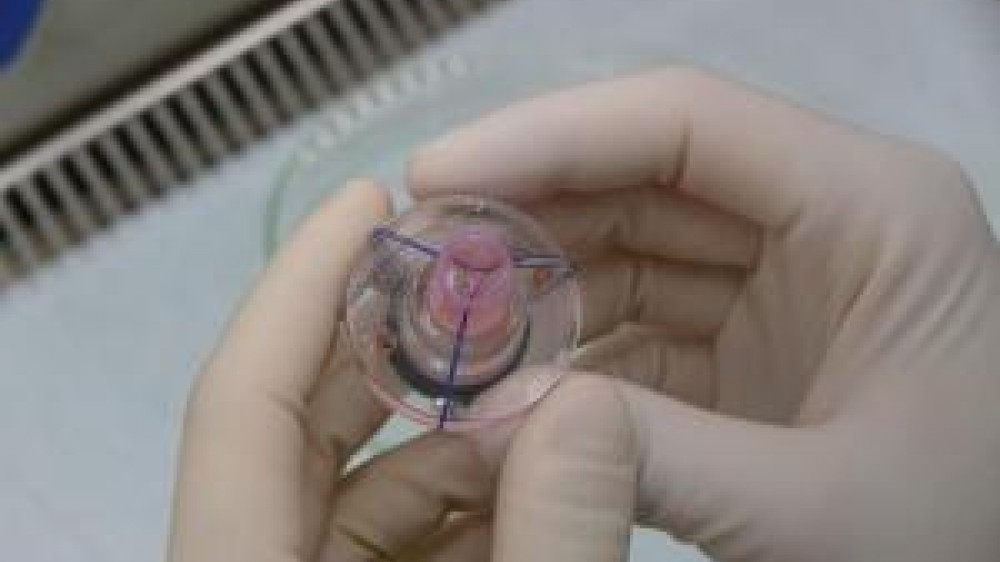The 3Rs potential of human tissue – a funding highlight notice for 2017

This year, we have a highlight notice* across all of our funding schemes on the use of human tissues for 3Rs purposes.
This is the first time we have had a highlight notice that applies to all of our schemes (from project grants to PhD studentships) and the first time we have had a focus on increasing the number of applications we fund that include the use of human tissue.
Human tissue (including surgical discard, tissue not suitable for transplant and post-mortem material) has the potential to reduce or replace animal research as well as to provide more predictive models of disease and drug efficacy and safety. But its full potential has yet to be exploited often because of concerns about its supply and viability, as well as the feasibility of using human tissue to address questions that would have traditionally involved animal studies. In recent years we have focused on addressing these concerns through research funding, our CRACK IT programme and in-house activities - the highlight notice is intended to bolster these.
Last year we made an infrastructure award of £400k to Professor Maria Belvisi at Imperial College London to support the development of a process to obtain fully ethically consented, post-mortem human normal and diseased lung tissue for the UK scientific community thereby reducing the need for animal tissue. The award is unique in that it includes a strategic partnership with NHS Blood and Transplant Tissue and Eye Services, the organisation responsible for coordinating, collecting, banking and providing tissue for transplant within the NHS. This partnership could truly transform access to human tissue for research purposes and although the initial focus is on asthma, the principles developed during this award will extend to other disease areas. Comparable work has also been funded through our CRACK IT Challenges competition, for example the DRG-NET Challenge is improving access to human dorsal root ganglia (DRG) for pain research in pharmaceutical development. Early results have demonstrated it is possible to collect and distribute fresh, viable DRG neurones to multiple sites and that these neurones respond reproducibly to various physiological stimuli.
A key issue is building confidence in the use of human tissue and raising awareness of what has been achieved to date, particularly in terms of sustainability of supply. We have been working with the UK’s medicines regulator, the MHRA, to foster greater use of human tissue for safety pharmacology studies, particularly for cardiovascular endpoints. This included a workshop with tissue providers and industry representatives, and a survey to assess barriers to use which was published in Nature Reviews Drug Discovery in 2015. In March this year, we are hosting a two day workshop to advance the use of human tissue from tumour resections and post-mortems for oncology research, focusing on themes such as improving the use of fresh tissue as an alternative to mouse patient-derived xenograft models. If you are interested, the workshop is free to attend and the registration deadline is 27 January.
Anyone interested in applying for funding under the highlight notice for a proposal involving the use of human tissue should contact the NC3Rs office for advice on remit and eligibility. Remember, the highlight notice applies to all our response mode schemes in 2017 but not to our CRACK IT competitions. Information on application deadlines for each scheme are available on our website. In the meantime, keep an eye out for our new online resource that we will be launching this month to support scientists accessing and using human tissue for research. The resource, which has been developed with biobanks and the Human Tissue Authority, provides guidance and case studies as well as advice on navigating the regulatory framework.
* Highlight notices are used to alert scientists to areas that are a high priority for the NC3Rs. There is not a separate budget for highlight notices. Rather applications are considered in competition with strategic relevance to the highlight being one of the criteria considered during the review process.
